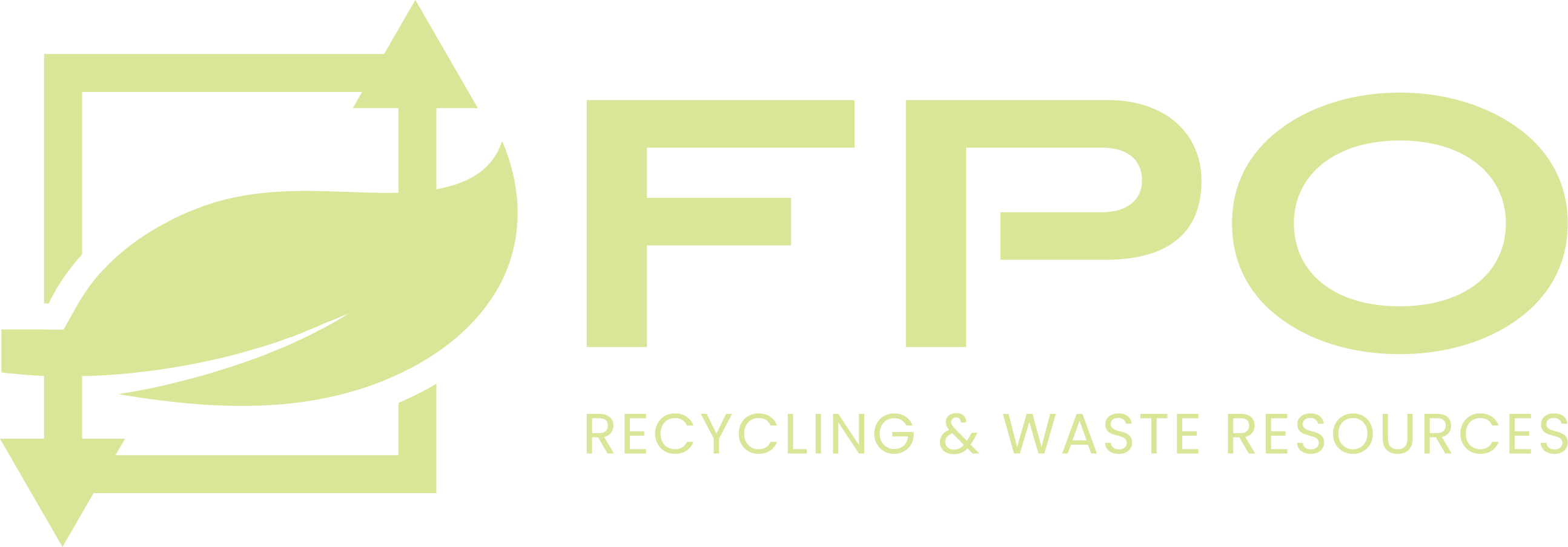At FPO Recycling and Waste Resources, we are dedicated to delivering dependable and environmentally sound hazardous waste management services. Our comprehensive solutions are designed to prioritize safety, sustainability, and compliance at every step. From disposal and treatment to tailored recycling initiatives, we provide expert guidance and support to help protect your community and the planet while ensuring peace of mind for our clients.
Proper management of hazardous waste is essential to ensure safety, compliance, and environmental protection. Our services are designed to responsibly handle hazardous materials from generation to disposal, adhering to both federal and state regulations.
Key Methods We Employ
- Recycling: Transforming waste materials into reusable resources to reduce environmental impact.
- Incineration: Controlled burning at high temperatures to minimize waste volume and destroy harmful pathogens, conducted in specialized facilities with proper emission controls.
- Land Disposal: Secure containment in designated landfills to isolate hazardous substances and enable long-term storage.
- Biological Treatment: Using microorganisms to break down waste into less harmful substances through sustainable techniques like composting and bioremediation.
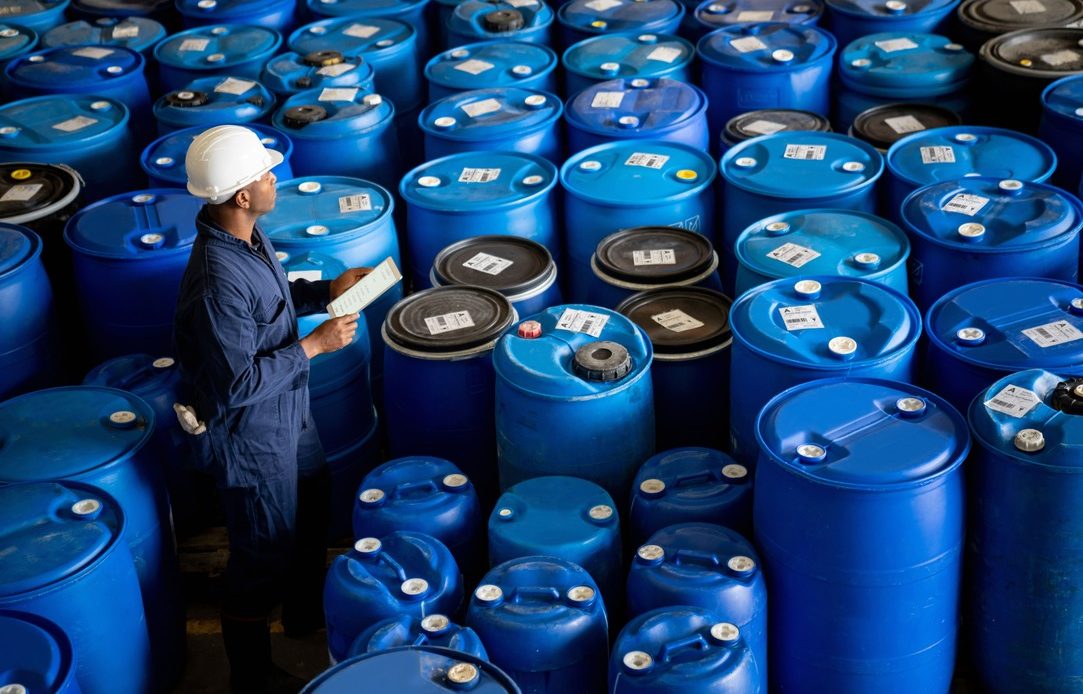
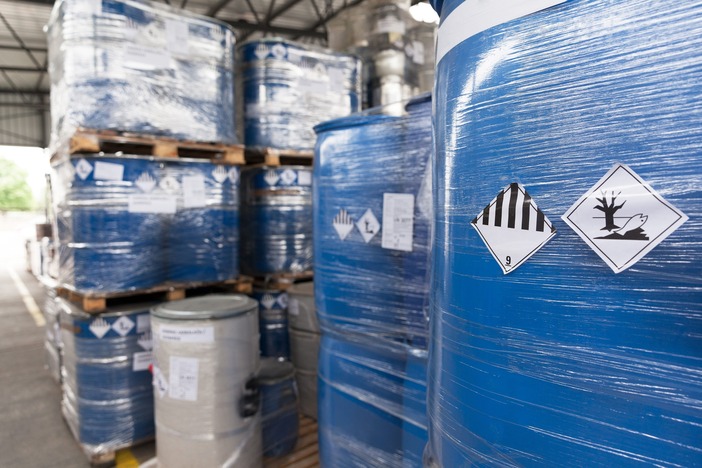
Types of Generators
Hazardous waste generators are classified into three categories based on the monthly amount of waste produced:
- Conditionally Exempt Small Quantity Generators (CESQG): Generate up to 220 pounds (100 kilograms) of waste per month.
- Small Quantity Generators (SQG): Produce between 220 pounds (100 kilograms) and 2,200 pounds (1,000 kilograms) of hazardous waste per month.
- Large Quantity Generators (LQG): Generate more than 2,200 pounds (1,000 kilograms) of waste per month.
Site Audits and Waste Profiling
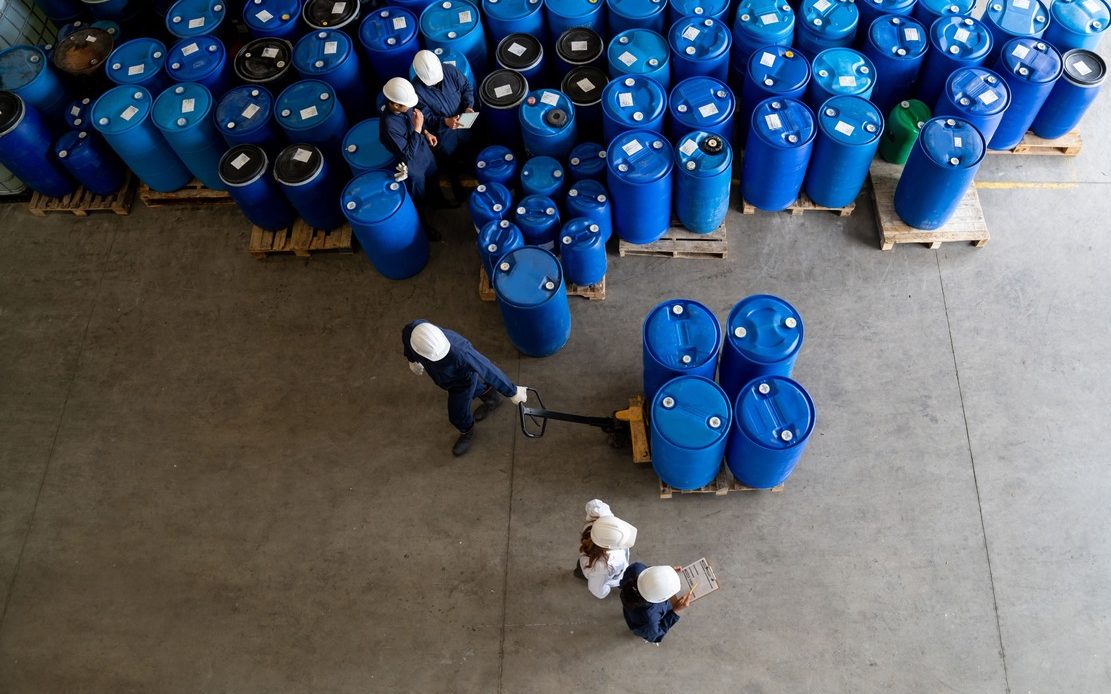
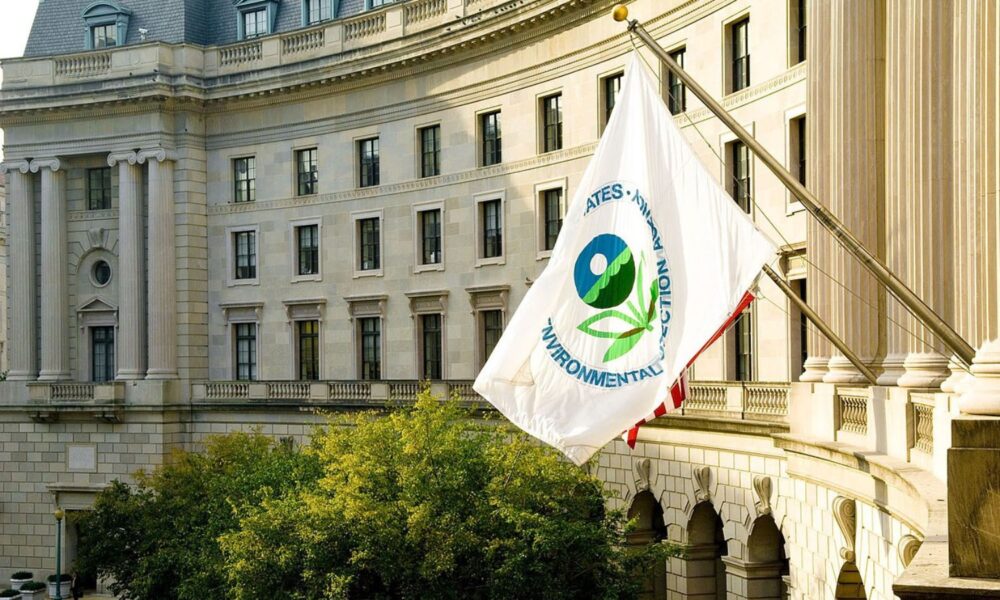
EPA
EPA ID Numbers: To legally manage hazardous waste, generators must obtain an EPA ID number by completing EPA Form 8700-12 and submitting it to their regional EPA office. This unique identifier enables the storage, transport, treatment, and disposal of hazardous materials.
EPA Manifests: The Uniform Hazardous Waste Manifest system ensures proper tracking of waste from generation to final disposal. Each party involved in the process must sign off on the manifest, maintaining detailed records for compliance and reporting.
National Biennial Report
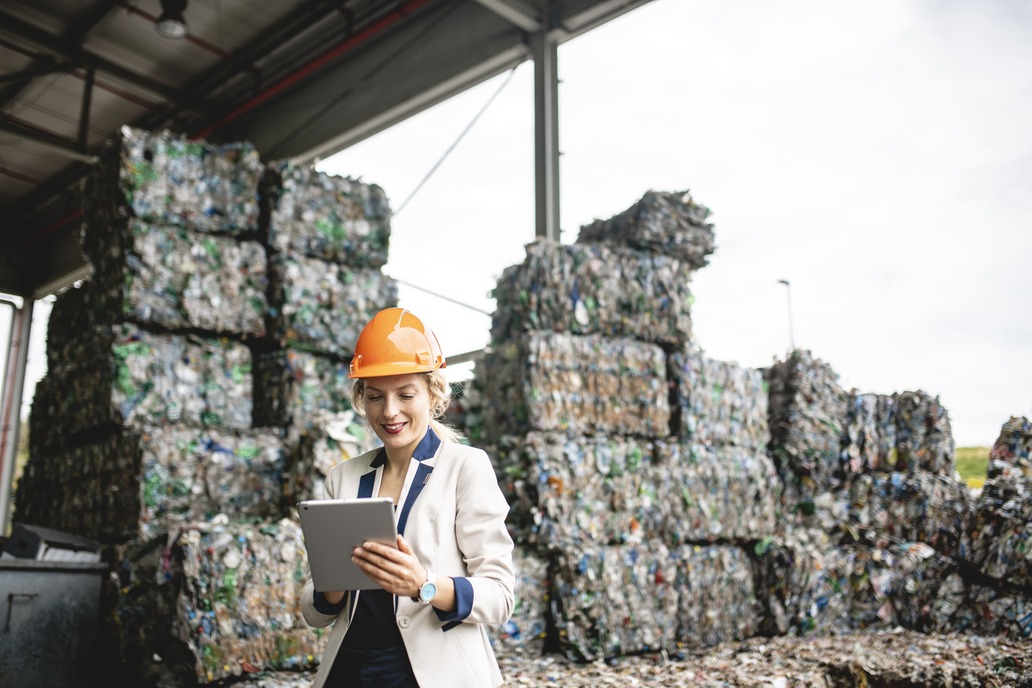
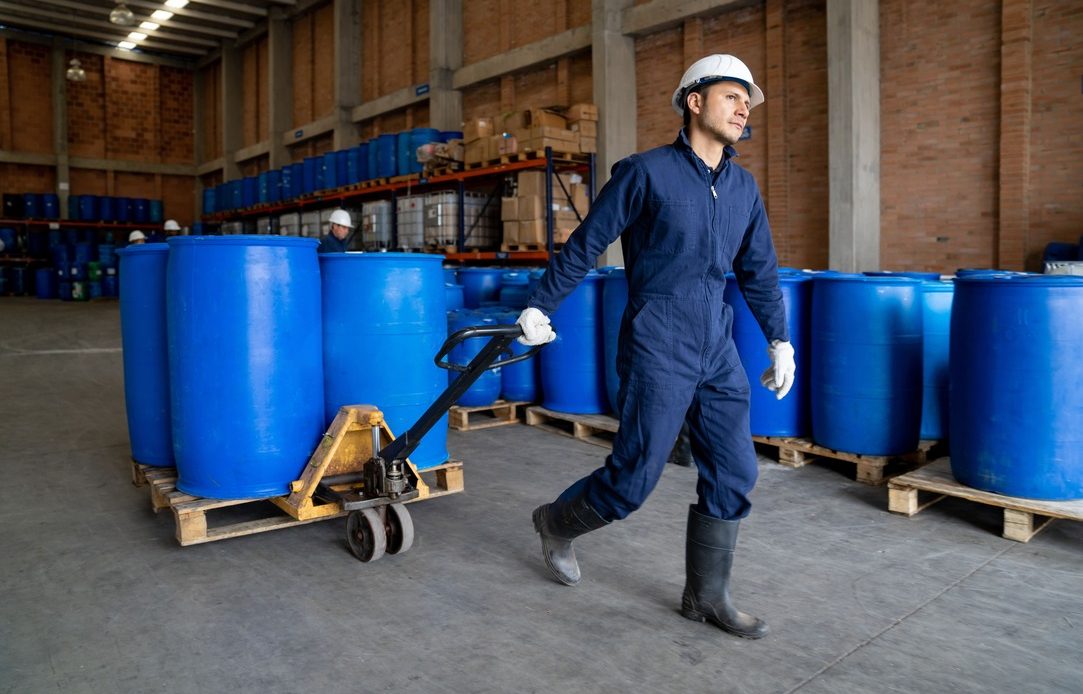
State Regulations
Our Commitment to Best Practices
- Segregation: Preventing cross-contamination by separating waste types.
- Labeling: Clear identification of hazardous materials for safe handling.
- Storage: Secure containment in leak-proof, ventilated spaces.
- Site Audits: Conducting regular audits to profile waste streams and ensure compliance with hazardous waste regulations.
- Reporting: Maintaining comprehensive records and submitting required reports, such as EPA manifests and National Biennial Reports, to demonstrate proper waste management practices.
- Safe Disposal: Compliance with strict regulations to minimize environmental impact.


